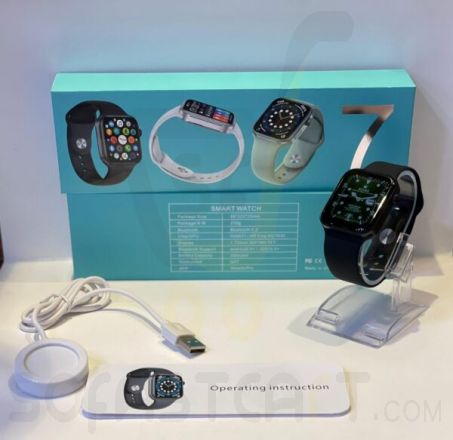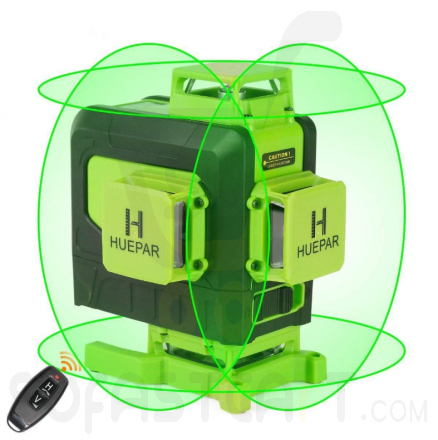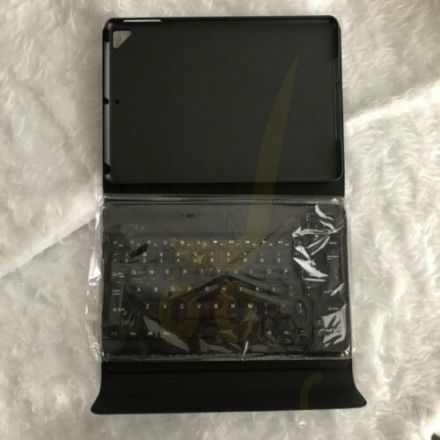This is a demo store. No orders will be fulfilled.
10mW (10km) Pen Shape Fiber Optic Visual Fault Locator (VFL) with 2.5mm Universal Adapter
Package Included
10mW Pen Shape Fiber Optic Visual Fault Locator (VFL) with 2.5mm Universal Adapter (650nm, 10km, ST/FC/SC Connector)
The Pen Shape Visual Fault Locator (VFL) is a robust, cost-effective fiber optical cable test tool for locating faults within OTDR dead zones. As a visual fault identifier (VFI), it can quickly identify faults in fiber optic jumper cables, distribution frames, patch panels, and splice trays. Using bright red laser light of 650nm wavelength, the FVFL-110 locates faults visually by having the light pinpoint the exact location of the fault. With output power up to 10mW, a 10km range of usage and metal housing, the visual fault locator is a versatile and cost-effective tool for fiber evaluation. The 2.5mm universal connector interface mates with many connector styles including SC/FC/ST without needing an adapter.
Features
• Easy identification of fiber break, bend, fiber tracing, and fiber routing
• Small size, easy to field test. High-quality pen-type visual fault locator
• Mates with 2.5mm ferrules including ST, SC, FC
• 650nm visible laser diode can be operated in continuous or pulsed modes
• Mode button cycles between Continuous Wave (CW) and Pulsed (2Hz) modes
• Metal sandblasting with matte paint design, better hand feeling and more durable
• Endcap protects laser unit


Specification
| Product Series | Visual Fault Locator (VFL) | Optcore Part Number | FVFL-110 |
| Wavelength | 650nm ± 20nm | Output Power | 10mW |
| Distance | <10km | Laser safety rating | Class III B |
| Fiber compatibility | Multimode and Singlemode | Operation Mode | Pulsed (2Hz) and Continuous Wave (CW) |
| Connector | 2.5mm universal connector, for FC/SC/ST connector | Dimension | 175x26x26mm |
| Battery type | 2 x AA | Battery Life | ≥ 10 hours |
| Environment | Operating: -10°C to 60°C Storage: -20°C to 70°C | Weight | 0.16 kg |
How to Change the Ceramic Core
Step 1: Open the dust cover, unscrew the red pen metalhead.
Step 2: Remove the broken ceramic casing, and clean up debris and dust (be careful not to damage the core surface). Then tighten the metal head.


































